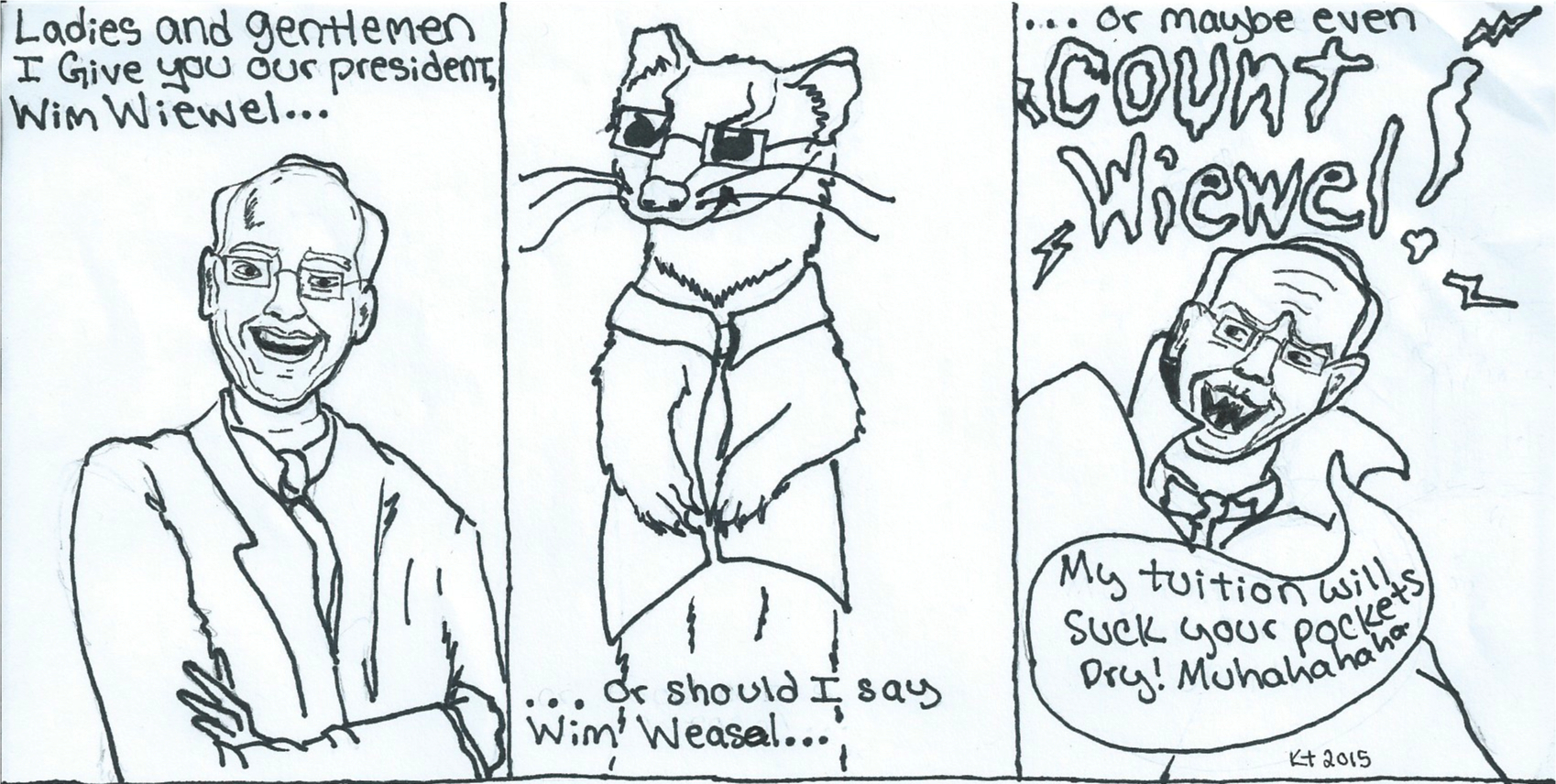In order to fully appreciate the broad spectrum of Japanese samurai cinema, it is important that we first understand the samurai themselves.
Samurai Showdown
In order to fully appreciate the broad spectrum of Japanese samurai cinema, it is important that we first understand the samurai themselves. While modern associations with honor, duty and heroism have taken root in postwar Japan, previous generations had a far different notion of the samurai class. Much like the complex anti-heroes and tragic villains of classic western genre pictures in the United States, attitudes regarding the samurai’s place in history have gradually shifted over the years. This is not entirely a coincidence. Nor are the similarities between the drunken samurai heroes of Japanese cinema and the swaggering gunfighters of spaghetti western films accidental. Japanese director Akira Kurosawa was a great fan of the western films of John Ford, and in turn, spaghetti western directors such as Sergio Leone are hugely indebted to Kurosawa.
The Western world’s enduring image of the samurai is that of the nameless stranger roaming the countryside, protecting the weak in quiet dignity. While there was certainly great honor to be found amongst the samurai class, these characters were far more complex, and their influence on feudal Japan cannot be so easily distilled. During Japan’s Edo period, samurai served as vassals to the ruling Tokugawa Shogunate, as well as the many provincial lords. Most enjoyed a privileged existence, and the peasant class, made up of merchants and farmers, lived in mortal fear of these ruthless assassins. The Meiji restoration of 1868 brought with it the beginning of Japan’s industrial revolution, the rise of the merchant class and the ultimate demise of the samurai. The once-feared samurai became expensive relics from an era that many wanted to forget. They were outlawed, hunted and treated with the same brutality with which they had once shown the peasant class.
It is during this period of shift in the Japanese class system that many of the most interesting and powerful samurai pictures take place. Akira Kurosawa’s 1954 masterpiece “Seven Samurai” tells the story of a village of impoverished farmers who hire a band of six starving rogue samurai to protect them from invading bandits. The uneasy relationship between the hunted, desperate samurai and the peasant class they once subjugated is elegantly captured in the character portrayed by the legendary Toshiro Mifune, who becomes the seventh samurai in the story. Within the frames of this thrilling action film, Kurosawa lays bare the tortured soul of Meiji-era Japan as no other could. “Seven Samurai” was the film that spawned the samurai film genre, and though it has been widely imitated, it has never been surpassed.
The NW Film Center’s Samurai Tradition continues with 1963’s “The New Tale of Zatoichi,” the third of 26 films about the mythical blind swordsman. Zatoichi may be lighter on cultural history, but the action is no less thrilling, and the film no less captivating. This tale of a legendary blind swordsman of unmatched skill and comical temperament is an absolute delight and a must for pop culture fanatics and action enthusiasts alike.
The action continues into December with films that highlight the evolution of sentimentality toward the samurai’s place in history and popular culture. Director Kihachi Okamoto’s 1966 feature “Sword of Doom” is a psychological masterpiece that follows an unscrupulous young samurai’s morbid obsession with perfecting his art at any cost. An iconic Mifune portrays the kendo master, whose skill and virtue haunt the man’s troubled soul, culminating in one of the genre’s most violent and impacting death scenes.
“Shogun Assassin” (1980) was pieced together from the six feature films in the famous “Lone Wolf & Cub” series, released in Japan throughout the 1970s. This wildly violent feature chronicles the adventures of a Tokugara shogunate executioner whose wife is brutally slain, forcing him to take revenge on his lord and roam the countryside a hunted man. He renounces his earthly soul, proclaims himself a demon and assassin for hire and takes with him only his infant son and a baby cart full of weapons. This is a decidedly less-than-sentimental portrait of the samurai with no shortage of blood, severed limbs and excellent dialogue. Tomisaburo Wakayama’s inimitable portrayal of the assassin and father is unforgettable.
Beginning Nov. 17 with Kurosawa’s film that spawned a genre, and ending Dec. 12 with 2010’s “Sword of Desperation”, NW Film Center’s celebration of The Samurai Tradition is a rare chance to experience the wealth of culture, history, action and drama that Japanese samurai cinema has offered throughout the years. Experience these larger-than-life characters the way they weren’t meant to be experienced, on the big screen. ?




